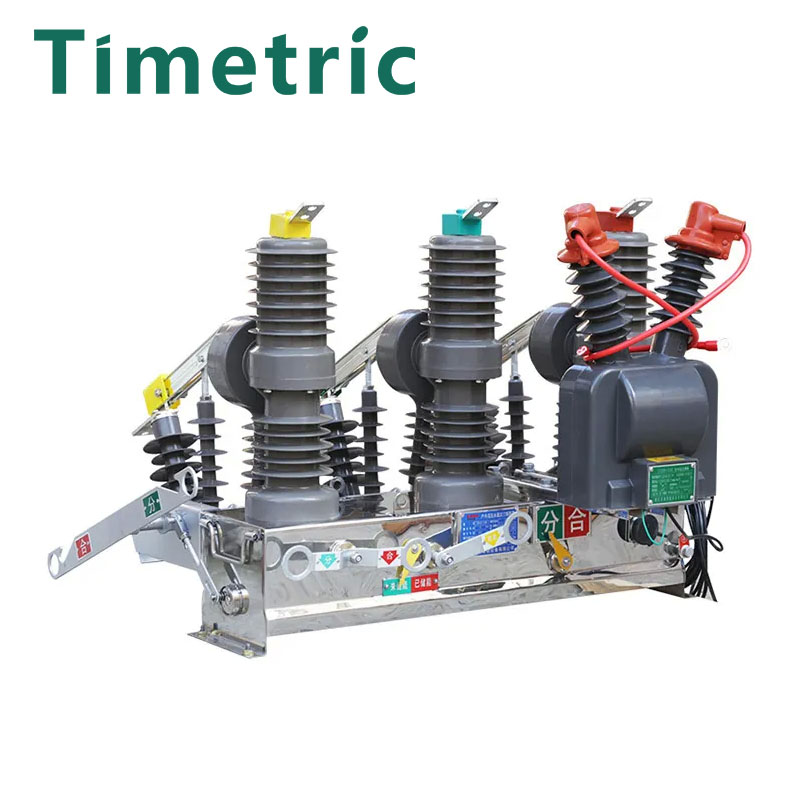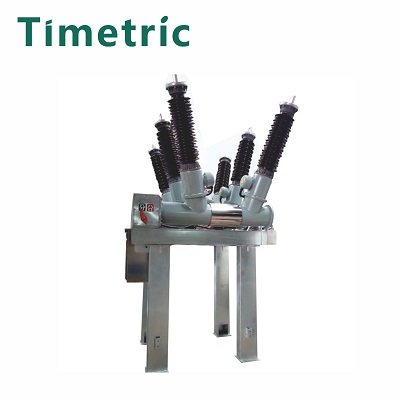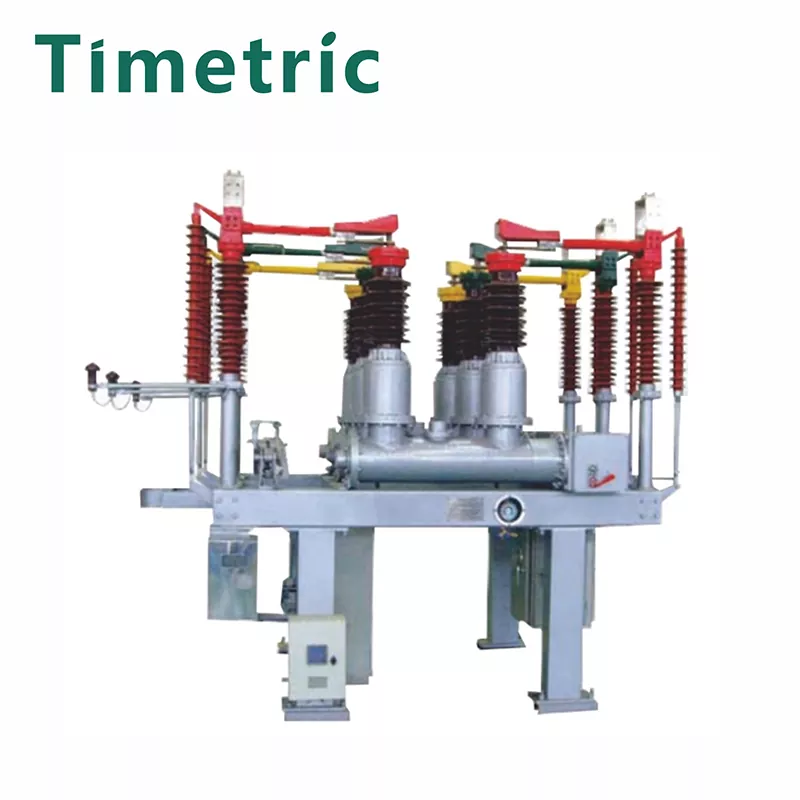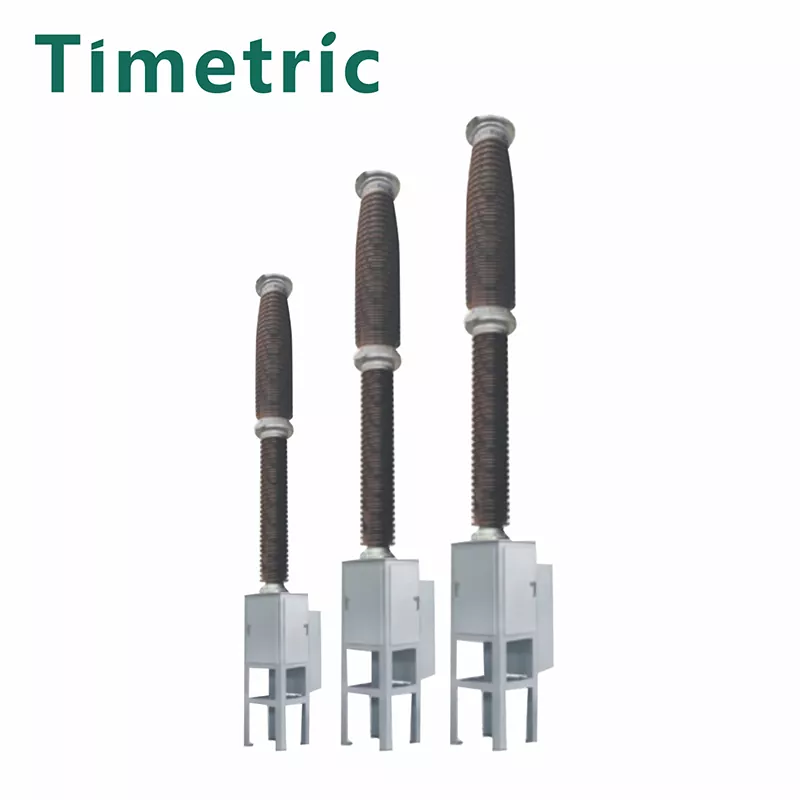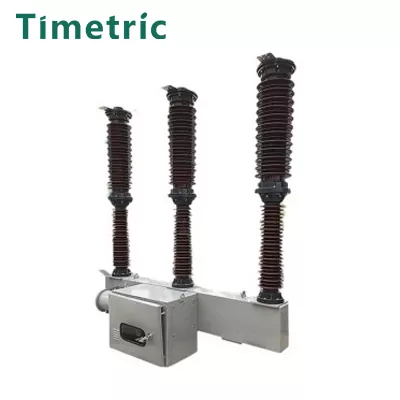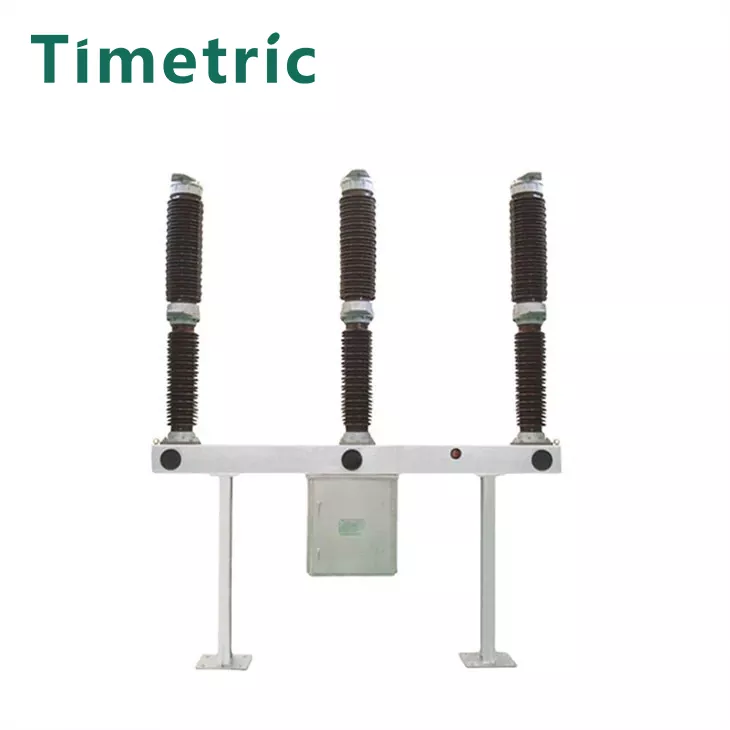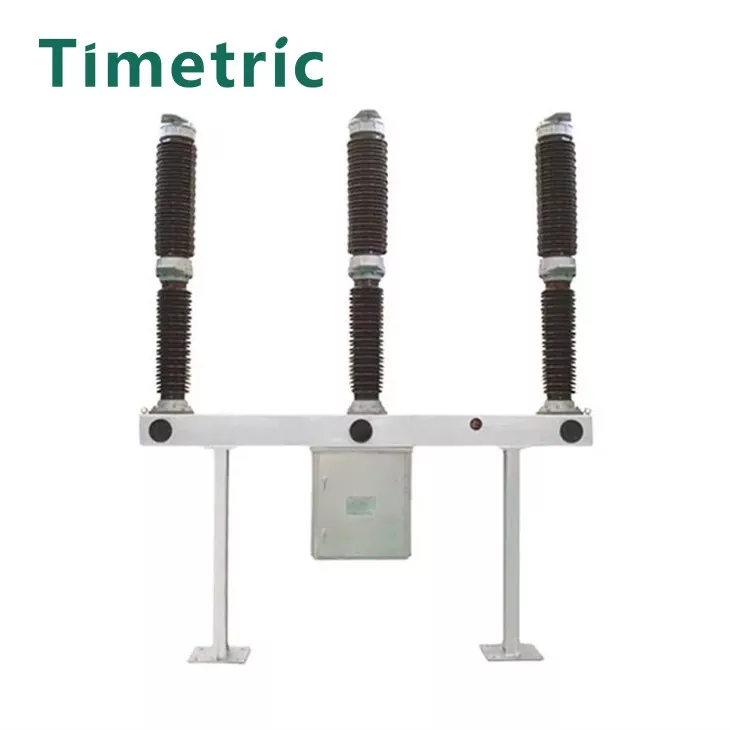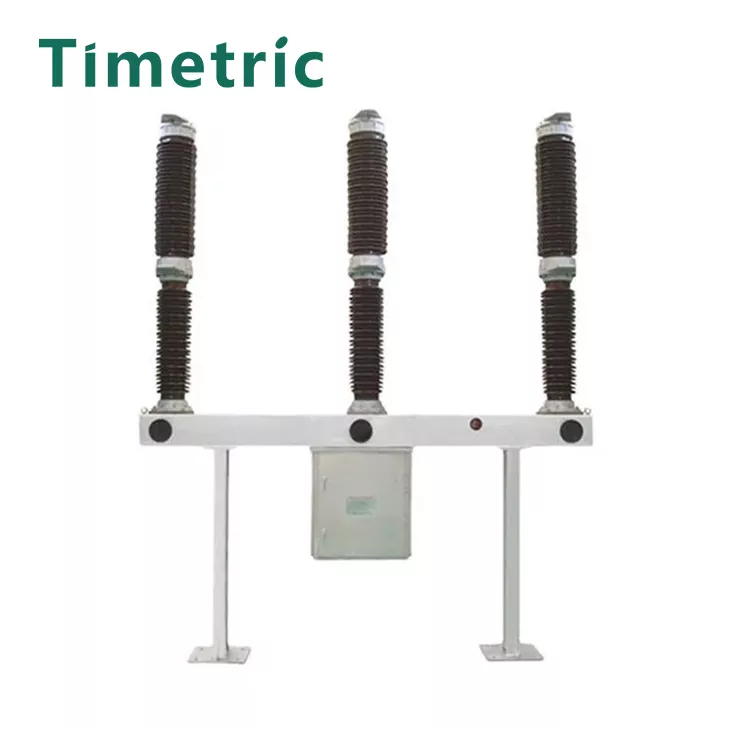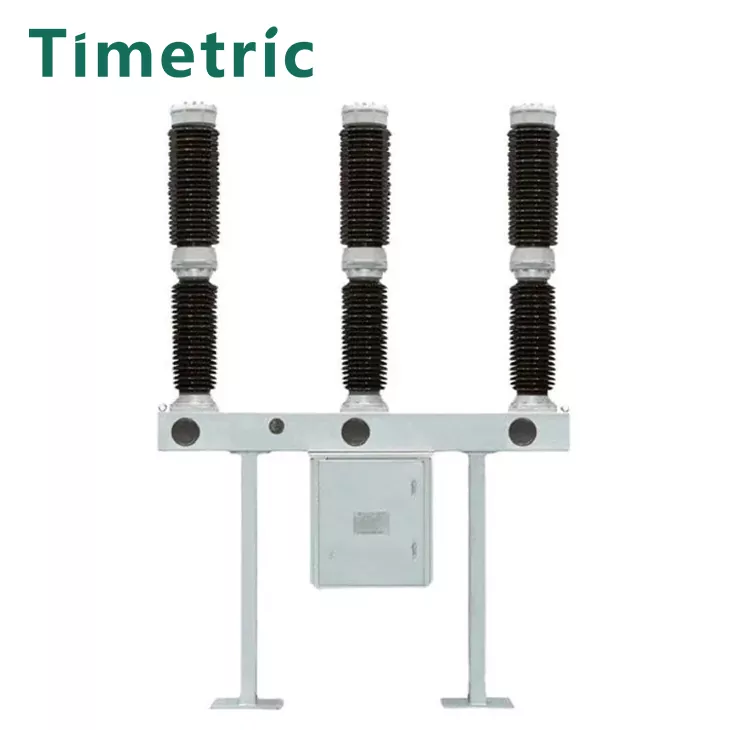145kv 132kv Sf6 Circuit Breaker
Item:150kv 145kv 132kv Sf6 Circuit Breaker Excellent Arc Extinguishing Performance: SF6 gas is highly effective at extinguishing arcs. Compact Structure: The design is simple and space-efficient. Good Opening Performance: Provides reliable operation with balanced performance. Sealed Design: Reduces operational noise significantly. Low Maintenance Requirements: Minimizes inspection and maintenance workload.
Send Inquiry
Item:150kv 145kv 132kv Sf6 Circuit Breaker
This circuit breaker uses the principle of self-energy arc extinguishing, which allows for significant reductions in the diameter and weight of the pressure cylinder. As a result, the operating work is minimized, making the use of a spring operating mechanism feasible.
Key Features:
Each circuit breaker consists of three single poles and three spring mechanisms mounted on three brackets.
It can perform both single-pole operation and three-pole electrical linkage.
The spring operating mechanism is installed on the side of the bracket.
The electrical control system is housed within the mechanism box.
Design Structure:
Upper Part: Contains a single-break arc extinguishing chamber.
Middle Section: Features a porcelain sleeve for insulation.
Lower Part: Includes components for sealing, opening springs, and buffers.
Model Description
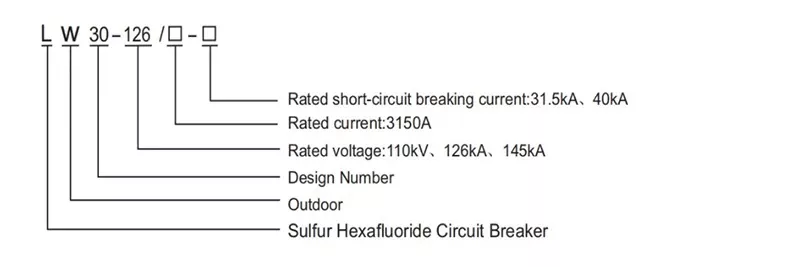
Main Technical Parameters
|
Serial number |
Parameter |
Unit |
Value |
||
|---|---|---|---|---|---|
|
LW30-126W/T3150-40 |
LW30-126W/T4000-40(H) |
||||
|
1 |
Applicable environment |
|
Applicability in normal alpine regions |
||
|
2 |
Rated voltage |
kV |
110/126/132/145 |
||
|
3 |
Rated frequency |
Hz |
50(60) |
||
|
4 |
Rated current |
A |
3150 |
||
|
5 |
first opening coefficient |
|
1.5 |
||
|
6 |
Rated short-circuit breaking current Ik |
kA |
40 /31.5 |
||
|
7 |
Rated short-circuit making current (peak value) |
kA |
100/ 80 |
||
|
8 |
Rated short-circuit withstand current |
kA |
40 /31.5 |
||
|
9 |
Rated peak withstand current |
kA |
100/ 80 |
||
|
10 |
Rated short circuit duration |
S |
4 |
||
|
11 |
Rated out-of-step breaking current |
kA |
10 /8 |
||
|
12 |
Near zone fault breaking current |
kA |
90% IK, 75% IK |
||
|
13 |
Rated line charging switching current |
A |
31.5 |
||
|
14 |
Nominal Operation Sequence |
|
0-0.3S-C0-180S-C0 |
||
|
15 |
Main circuit resistance |
µΩ |
≤65 |
||
|
16 |
Mechanical life |
Second-rate |
6000 or 10000 |
||
|
17 |
radio interference level |
µV |
≤500 |
||
|
18 |
Creepage distance |
between fractures |
mm |
3906/3150 |
|
|
to the ground |
kg |
3906/3150 |
|||
Structure And Mounting Dimensions
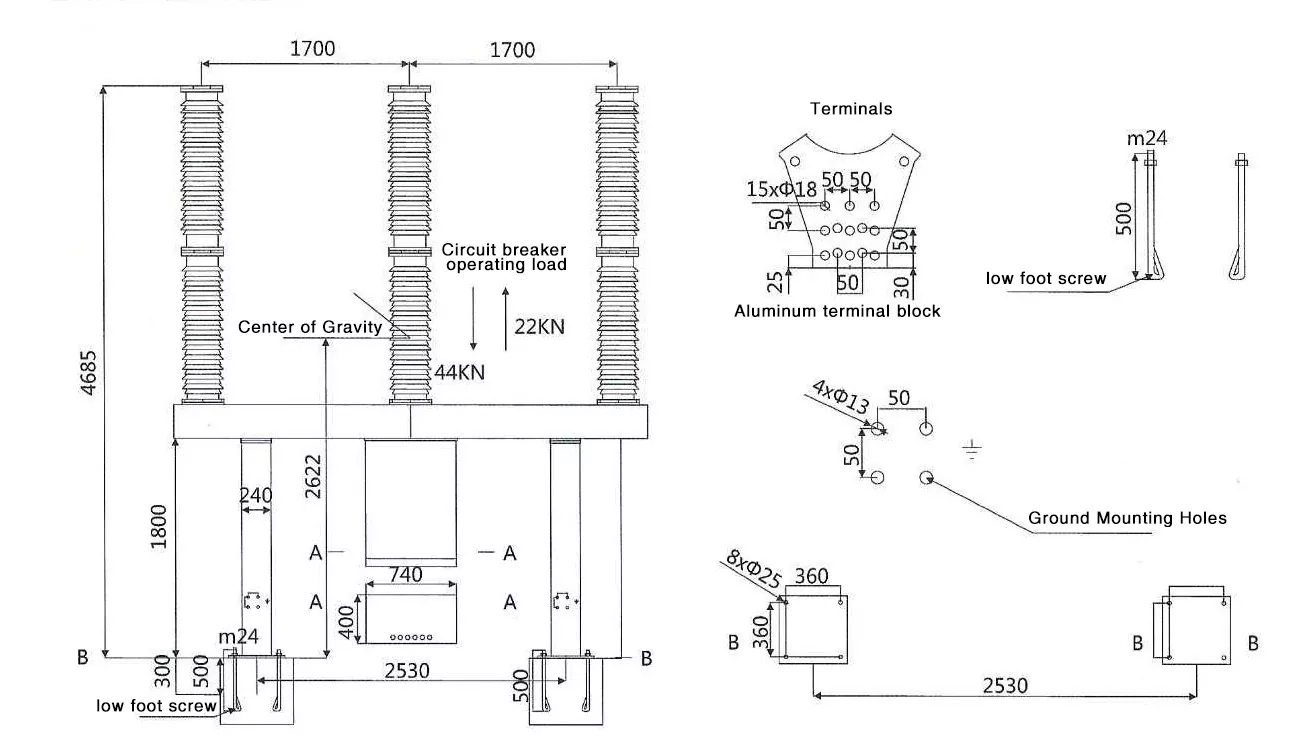
Possible causes of electrical circuit failure
Insulation Breakdown:
Deterioration of insulation materials due to age, moisture, or contamination can lead to arcing or short circuits.
Mechanical Failures:
Issues with the operating mechanism (e.g., springs or linkages) can prevent the circuit breaker from functioning correctly.
Gas Leakage:
Loss of SF6 gas due to leaks can reduce arc extinguishing capability and lead to circuit failure.
Electrical Overloads:
Excessive current can cause overheating and damage to circuit components.
Product Real Shot
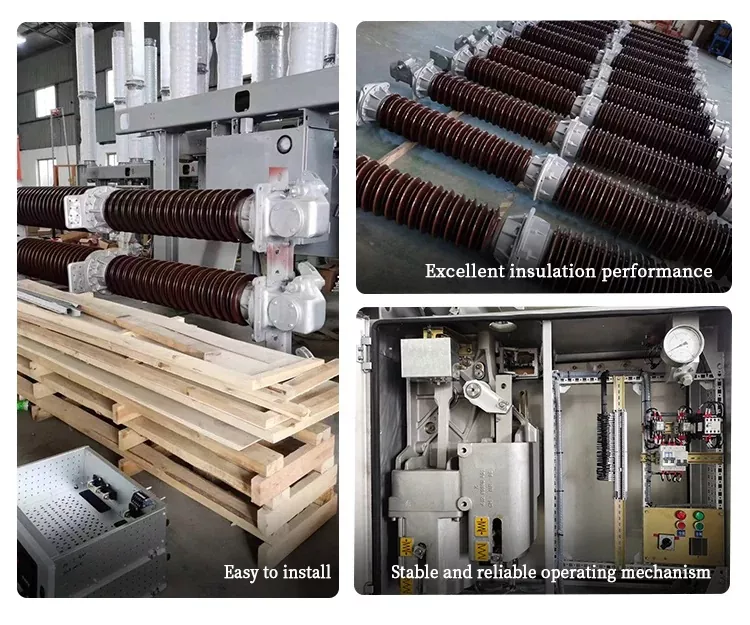
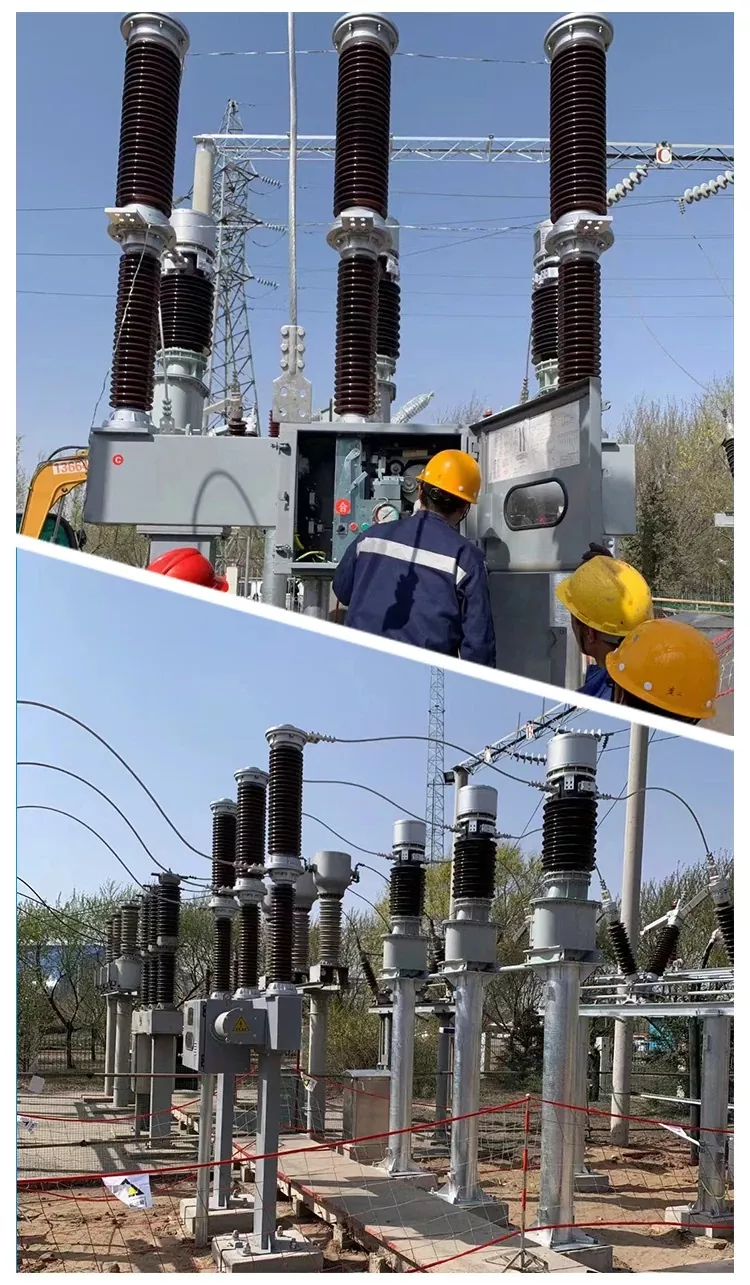
FAQ
Q1:What is the function of an SF6 circuit breaker?A1:The primary function is to protect electrical systems by interrupting fault currents and isolating sections of the circuit during faults.
Q2:How does the self-energy arc extinguishing principle work?
A2:This principle utilizes the energy from the electrical arc itself to help extinguish it, reducing the need for large external mechanisms and allowing for more compact designs.
Q3:What maintenance practices are essential for SF6 circuit breakers?
A3:Key practices include regular inspections for gas pressure, checking for leaks, maintaining mechanical components, and testing the electrical control system.
Q4:Can SF6 circuit breakers be operated remotely?
A4Y:es, they can be equipped with remote control systems for operation and monitoring, enhancing operational flexibility.


